|
At first glance, our eyes might drift over a lawn or forest floor, not noticing anything in particular. But take a closer look. What are the shapes? Lines? Curves? Pointy edges? Colours? Shades? Notice the edges of a leaf, the veins inside, and the gradations of colour. How many shades of green can you see? When we looked closely, we noticed the intricacies of each individual leaf or flower. When trying to draw what I see, I like to imagine the image entering through my eyes, traveling into my brain, down my arm, along my fingers and out through the pencil I am holding. We look, draw, look again...in a continuous cycle. We draw what we see. We draw what we see rather than what we think a leaf should look like. This type of drawing can be relaxing, meditative, sometimes frustrating and hard work. But the results are amazing. We came away feeling calm and a bit more connected.
Each drawing was unique, like each of us. What details will you notice the next time you walk across your lawn? Or through the forest? Will you see a world inside a leaf or a single flower? We encourage you to take the time to really see, and to even draw what you see! Shauna
1 Comment
sarah granskou
5/19/2016 08:12:11 am
I love this. Yes, the power of really looking when doing art is profound.
Reply
Your comment will be posted after it is approved.
Leave a Reply. |
Read on...Hammers, Huge Swings, and the Freedom to Play Archives
April 2020
|
We are honoured to walk, learn, and play on the traditional territories of the Haudenosaunee, Anishinaabeg, and Chonnonton Nations, treaty lands of the Haudenosaunee. Grateful for the ongoing care, stewardship, and teachings from Indigenous Peoples that help us walk gently on this earth. We are committed to the ongoing process of decolonization through partnering with local Indigenous educators in our facilitation, learning about the past and about good ways to move forward together, respecting the land as our First Teacher.
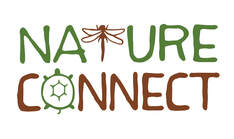
Join our email update list
© Nature Connect 2024
© Nature Connect 2024

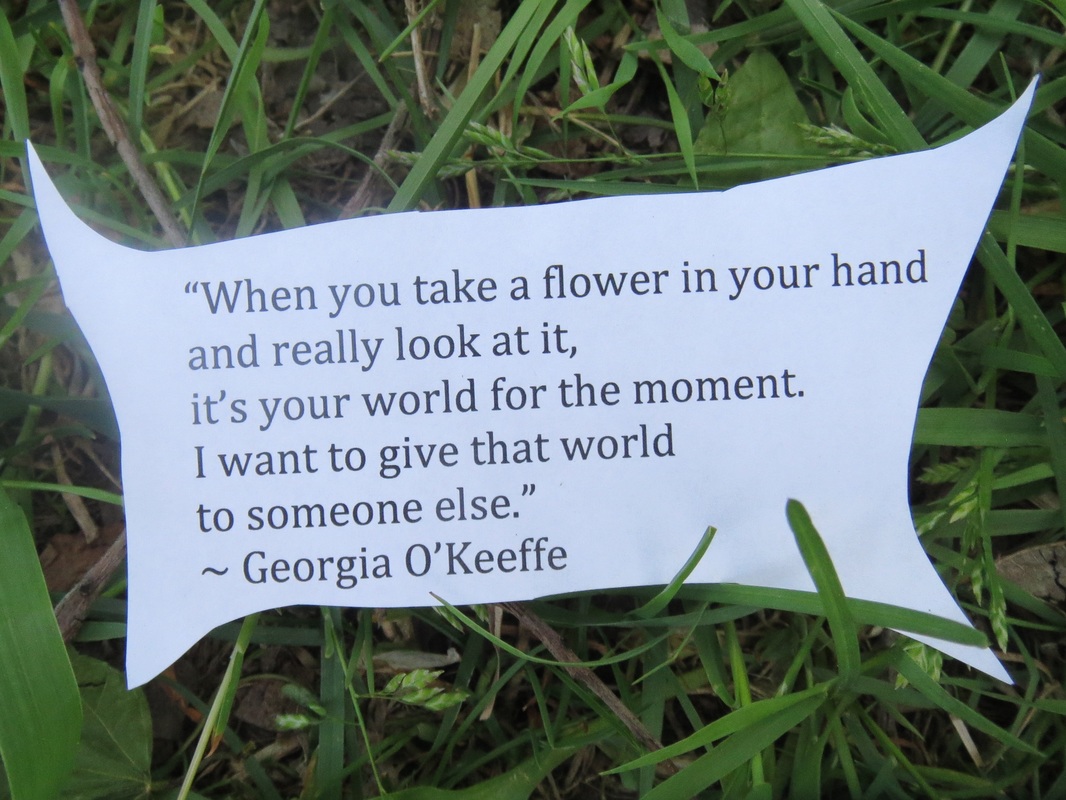
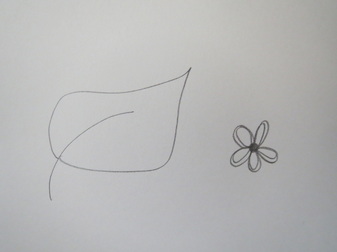
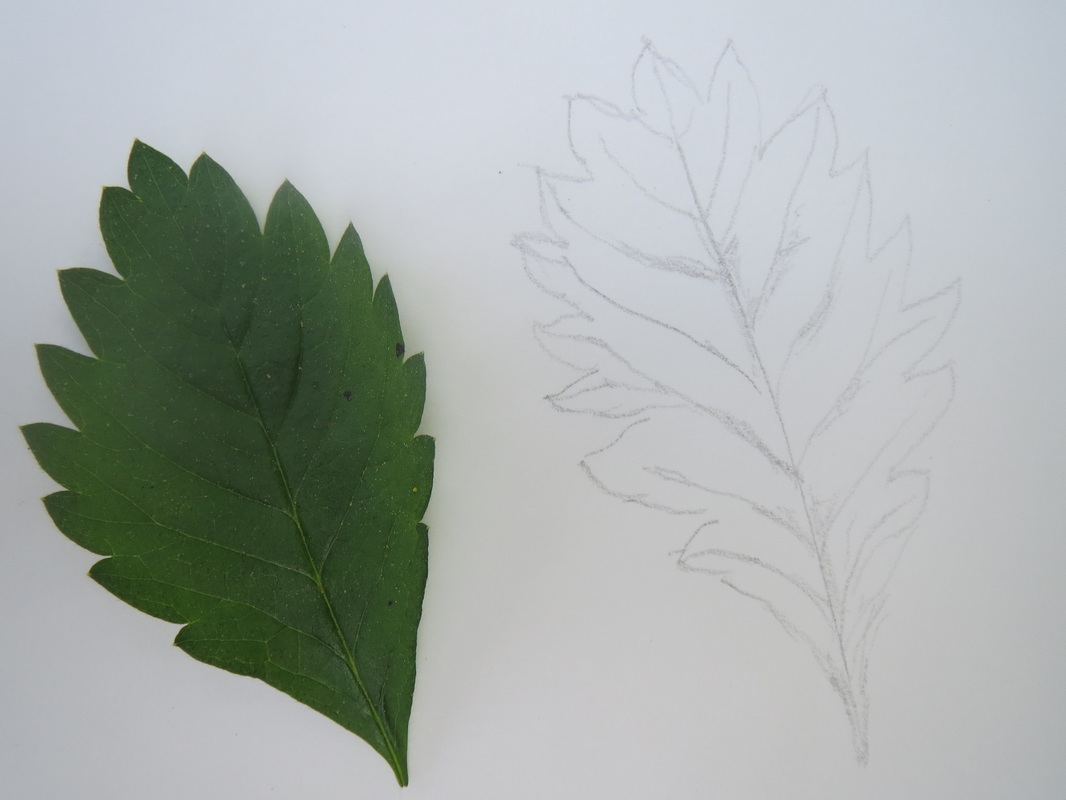
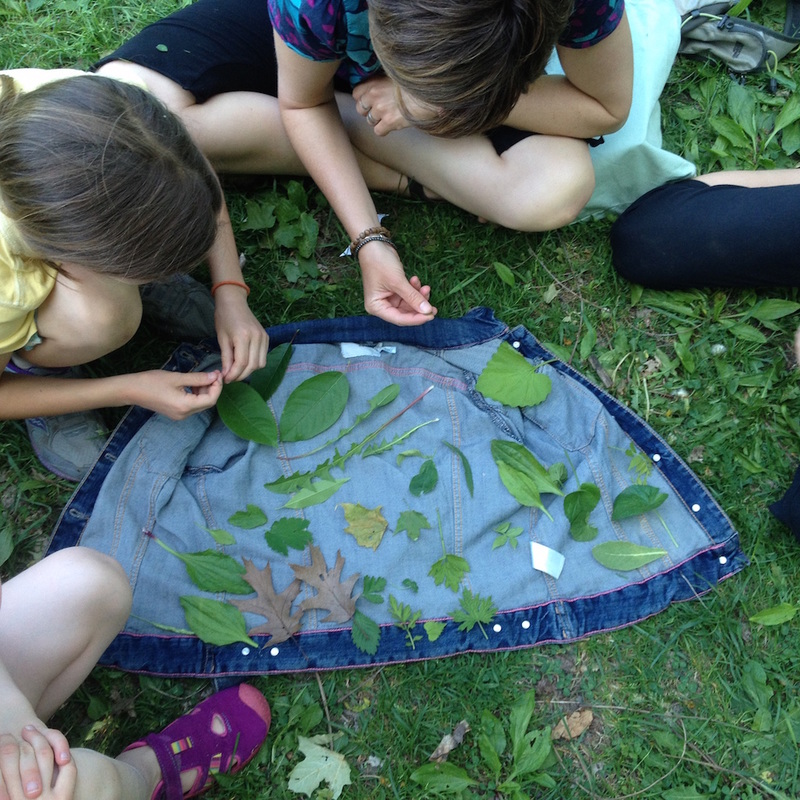
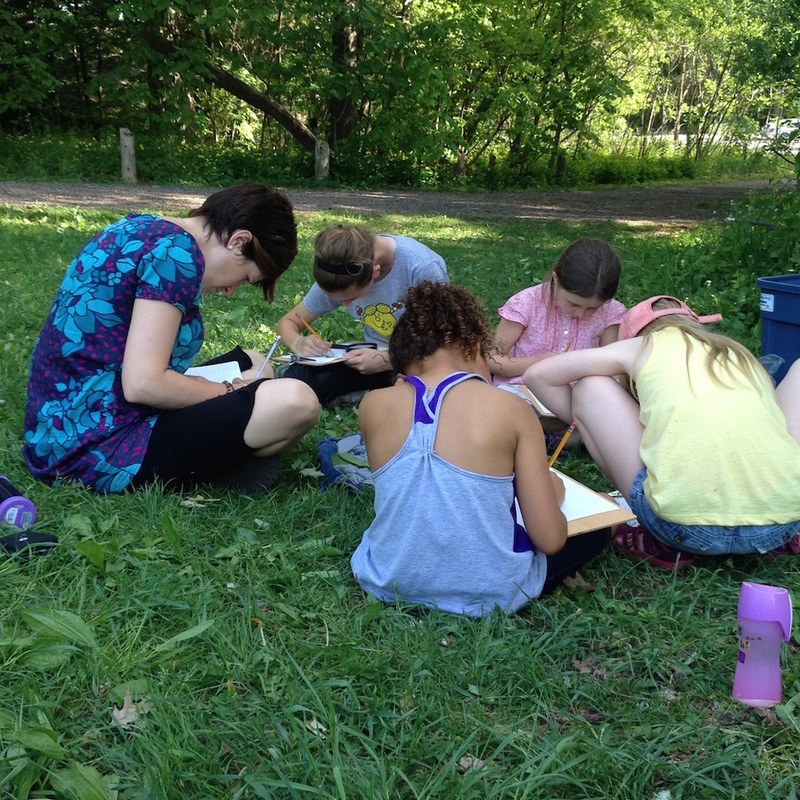
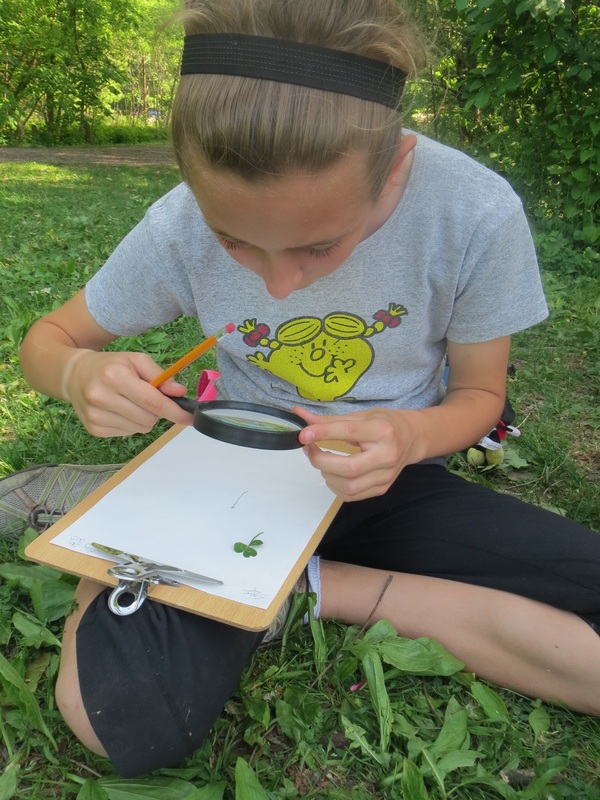

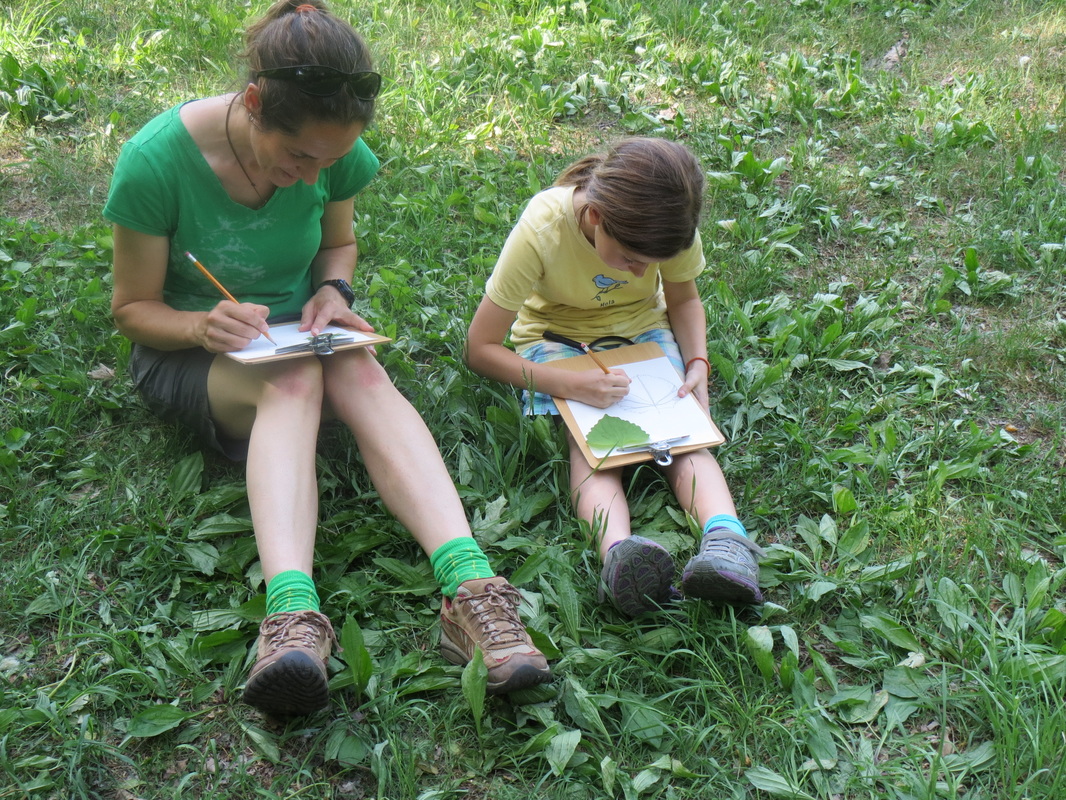
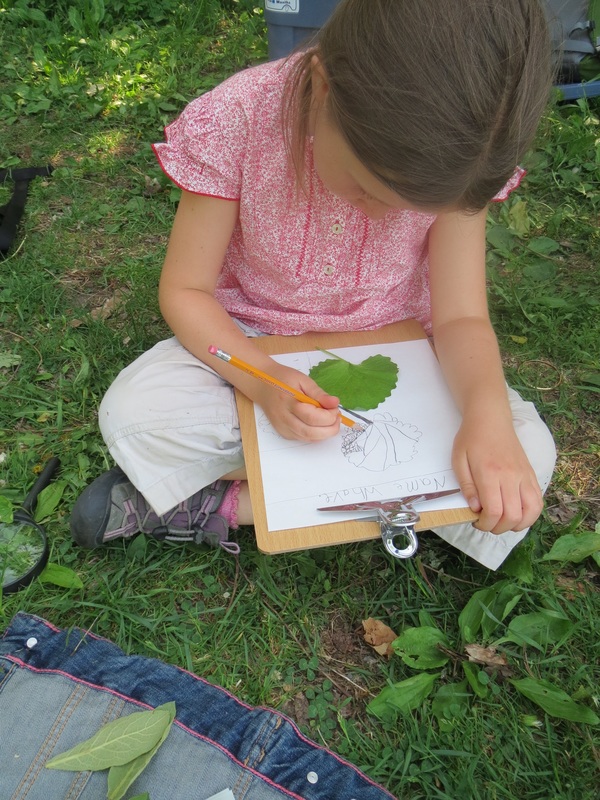
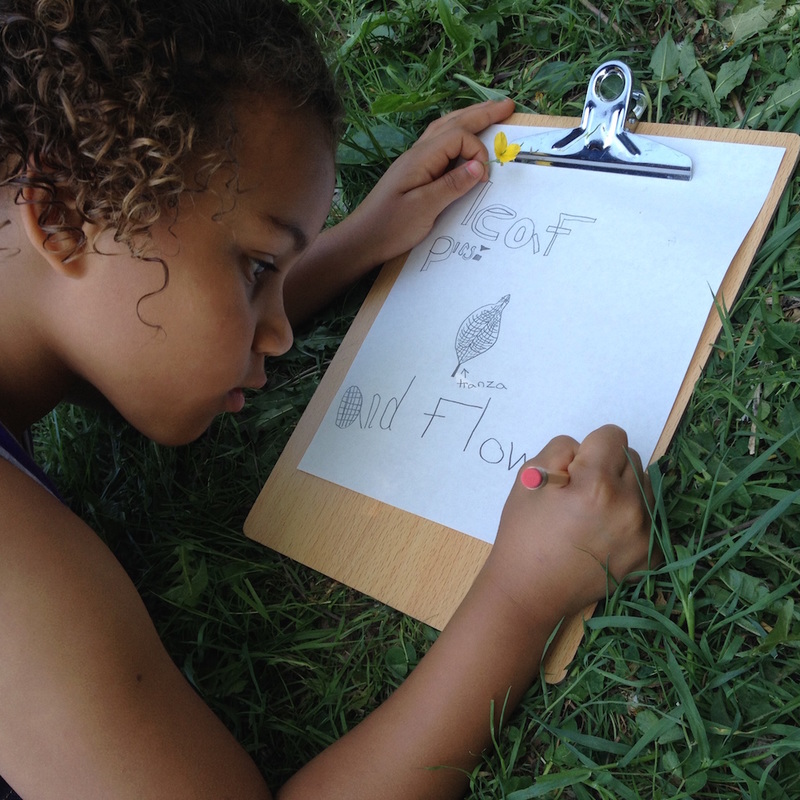
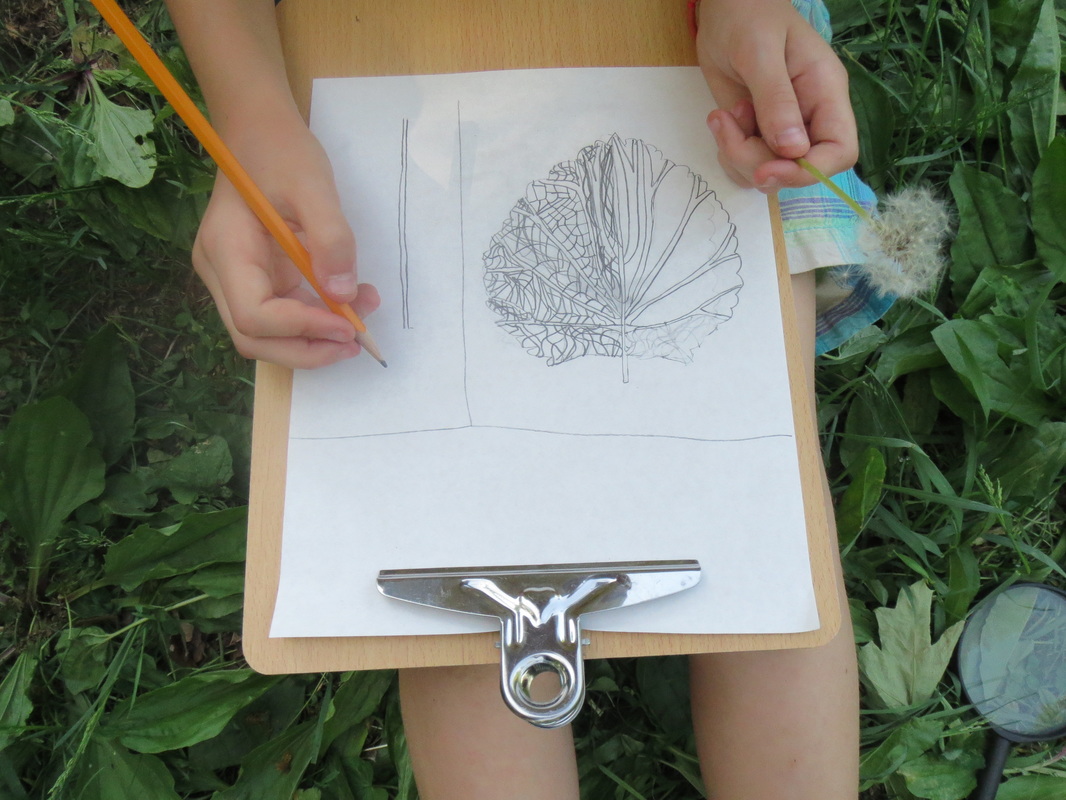
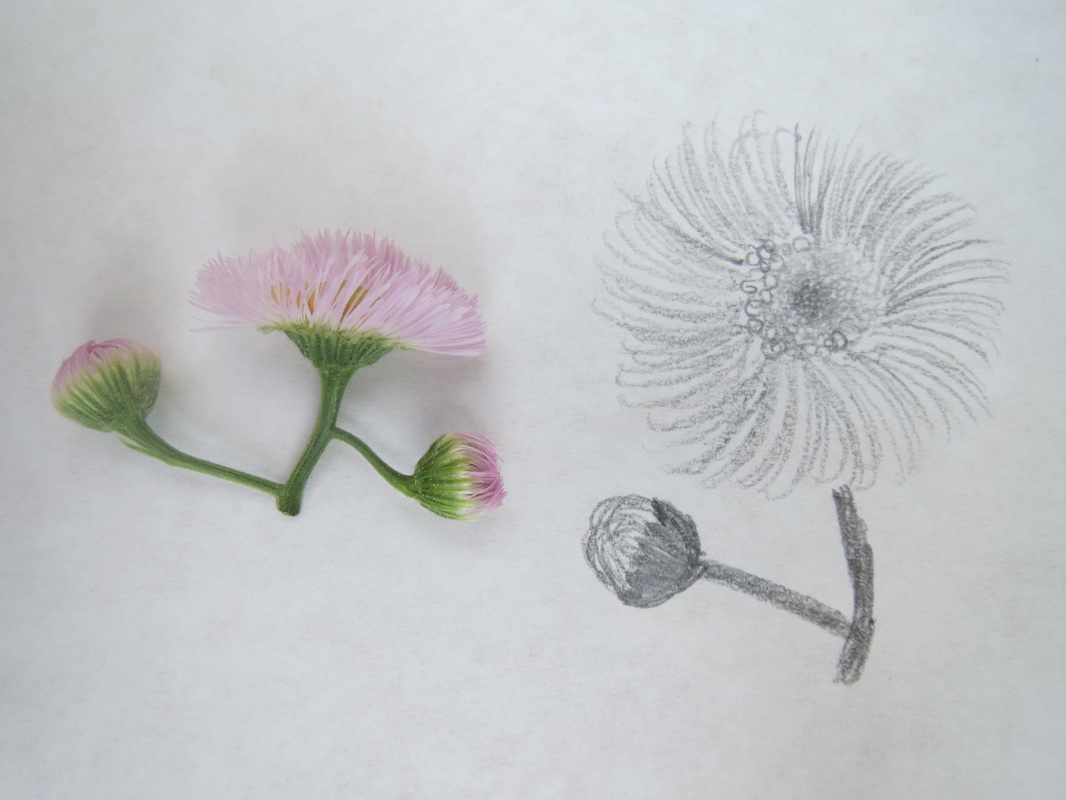
 RSS Feed
RSS Feed